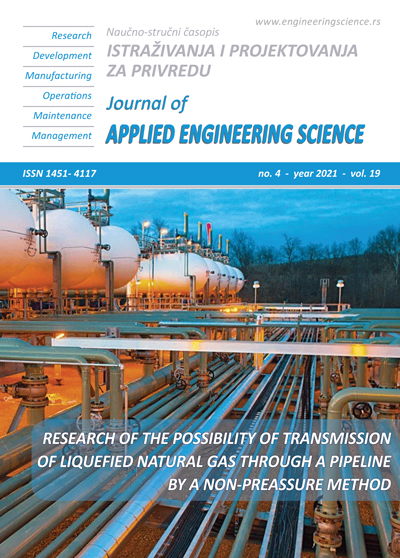SUPERVISOR'S CAPABILITY AND APTITUDE TO SUPERVISE HEALTH AND SAFETY (H&S) INDUCTION TRAINING TO SITE WORKFORCES: A CASE STUDY OF CONSTRUCTION INDUSTRY OF PAKISTAN
health and safety (H&S) induction training to site workforces
Abstract
Health and Safety (H&S) for any industry, is a professional approach to substitute harmless and vigorous work conditions. The prevailing culture of an organization accounts for the enhancement of H&S implementation, and the construction industry is of utmost importance in this regard because this industry is associated with elevated accident rates compared to the other industries. To some extent, the cultural progression is also reliant on the communication among all the groups inside a corporation. Significant communication happens in a construction corporation, among upper management and the employees arbitrated by the supervisors. Therefore, if the construction supervisor’s capabilities are ignored the plans to progress the satisfactory H&S culture may be unsuccessful. The aptitude for conducting H&S induction training to employees is one of the construction supervisor’s abilities and in developing countries, the supervisor’s capabilities are ignored. Moreover, the organization’s eagerness on H&S which corresponds to the induction training is relatively less. The current research reports an examination to analyze that to what extent do the supervisors possess H&S capability and the skill to oversee site H&S induction training to workforces successfully. For the analysis, the construction industry of Pakistan was targeted, and numerous construction firms were contacted in this regard. The data for the intended objective was accumulated through talks and surveys with site supervisors in construction companies of diverse extent from all over Pakistan. The outcomes exposed insufficient training, an absence of management dedication, and an inadequate extent of familiarity or usage of visual/audio communication assistances by construction companies in Pakistan. Thus, it is suggested that there is a need to establish an understanding among the supervisors regarding the usage of multilingual skills and current technologies to assist valuable site H&S induction training that can progress a path towards an optimistic H&S culture.

